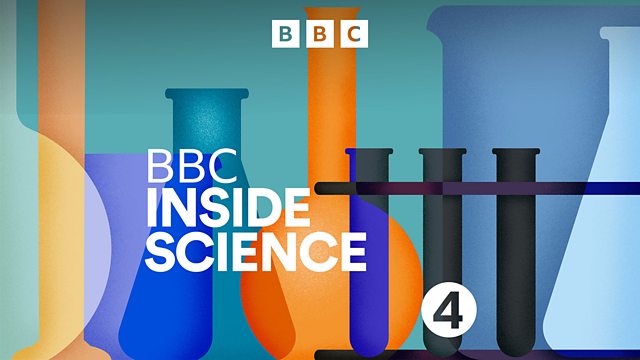HIV protective gene paper retraction, Imaging ancient Herculaneum scrolls, Bill Bryson's The Body
HIV protective gene paper retraction and the role of social media in science, imaging ancient Herculaneum scrolls, and Bill Bryson's book The Body.
In November 2018 news broke via YouTube that He Jiankui, then a professor at Southern University of Science and Technology in Shenzhen, China had created the world’s first gene-edited babies from two embryos. The edited gene was CCR5 delta 32 - a gene that conferred protection against HIV. Alongside the public, most of the scientific community were horrified. There was a spate of correspondence, not just on the ethics, but also on the science. One prominent paper was by Rasmus Nielsen and Xinzhu Wei’s of the University of California, Berkeley. They published a study in June 2019 in Nature Medicine that found an increased mortality rate in people with an HIV-preventing gene variant. It was another stick used to beat Jiankiu – had he put a gene in these babies that was not just not helpful, but actually harmful? However it now turns out that the study by Nielsen and Wei has a major flaw. In a series of tweets, Nielsen was notified of an error in the UK Biobank data and his analysis. Sean Harrison at the University of Bristol tried and failed to replicate the result using the UK Biobank data. He posted his findings on Twitter and communicated with Nielsen and Wei who have now requested a retraction. UCL's Helen O'Neill is intimately acquainted with the story and she chats to Adam Rutherford about the role of social media in the scientific process of this saga.
The Herculaneum Library is perhaps the most remarkable collection of texts from the Roman era. Discovered two centuries ago in the villa of Julius Caesar’s father in law, many of the papyrus scrolls bear the writings of the house philosopher, Philodemus. Others are thought to be the works of the philosophers and poets he admired. However, the big drawback is that the villa was buried in the eruption that engulfed Pompeii, and the heat from the volcanic ash turned them all to charcoal. To make life even more difficult, the ink the scribes used was also made of carbon – think black on black. However, now a team from the University of Kentucky are hoping to decipher the texts using X-rays, and have just scanned two complete scrolls, and some fragments at the Diamond Synchrotron in near Oxford.
When renowned author Bill Bryson decided to apply his unique eye for anecdote and trivia to the human body he thought he's start at the head and work down. But as he reveals to Adam, it's a lot more complicated and interconnected than that. His book "The Body - A Guide for Occupants" is an indispensable guide to the inner workings of ourselves.
Producer: Fiona Roberts
Last on
Broadcasts
- Thu 3 Oct 2019 16:30����ý Radio 4
- Thu 3 Oct 2019 21:00����ý Radio 4
Explore further with The Open University
Discover more fascinating science content with The Open University
Podcast
-
![]()
����ý Inside Science
A weekly programme looking at the science that's changing our world.


